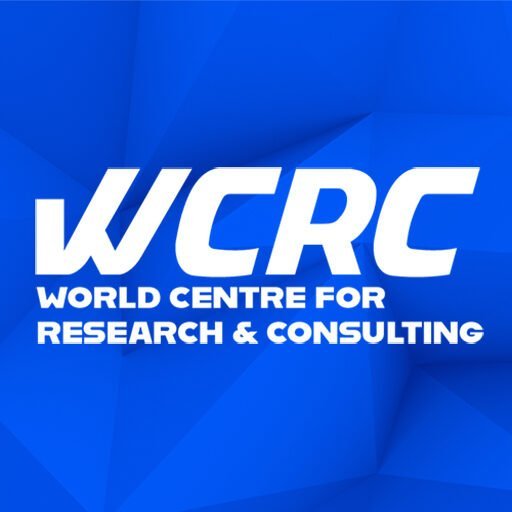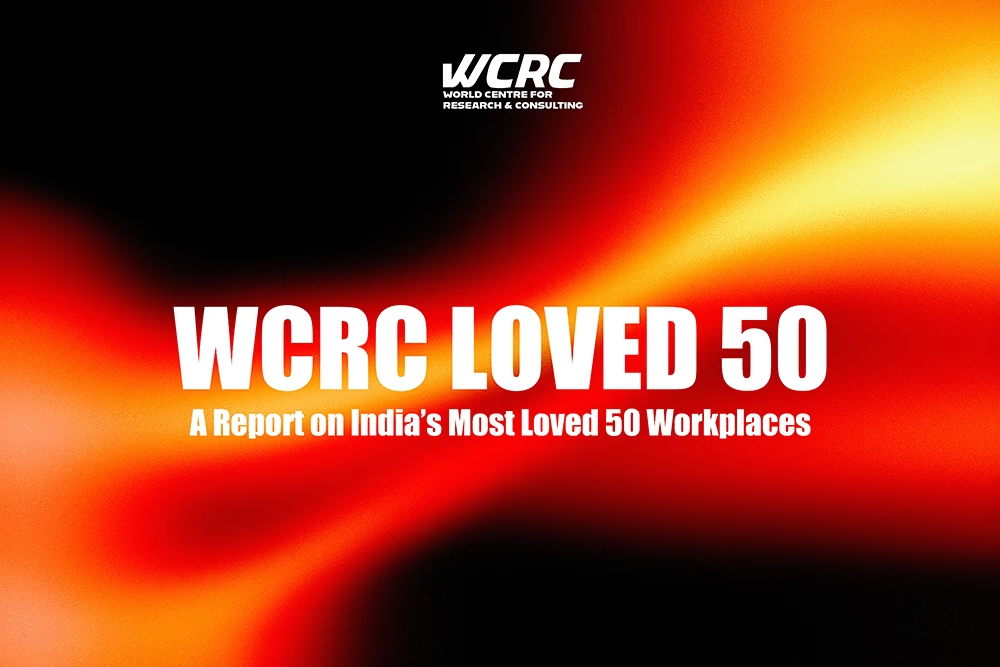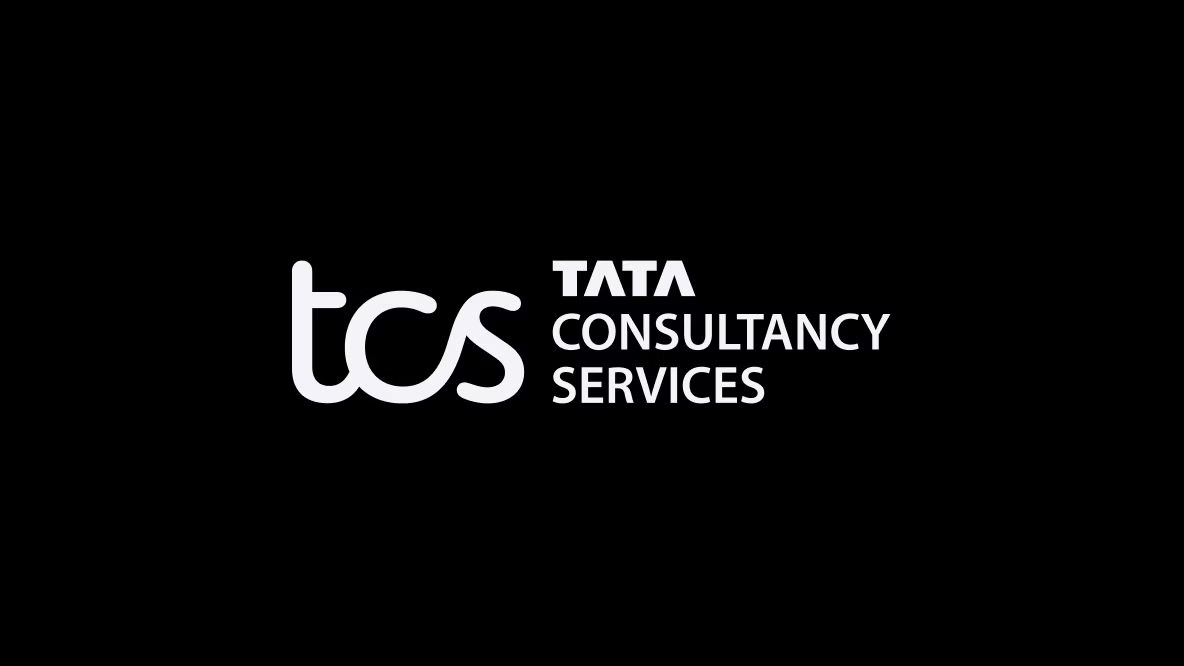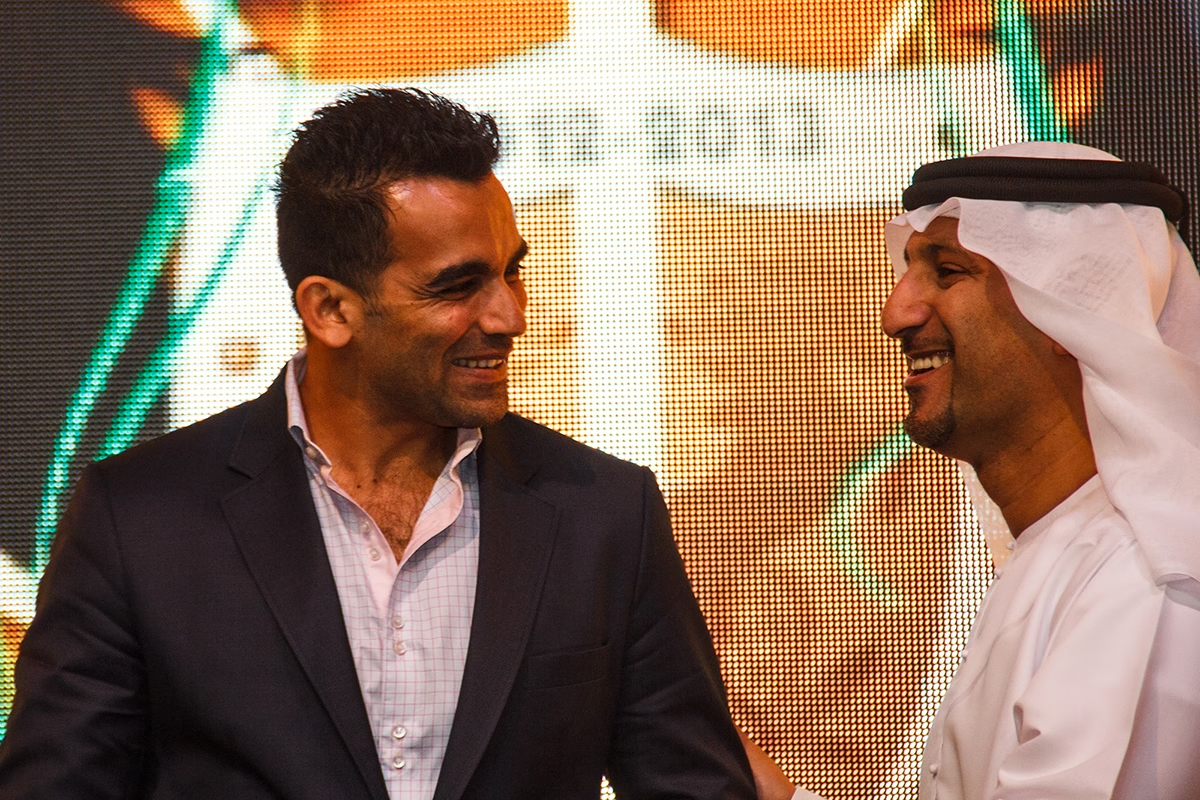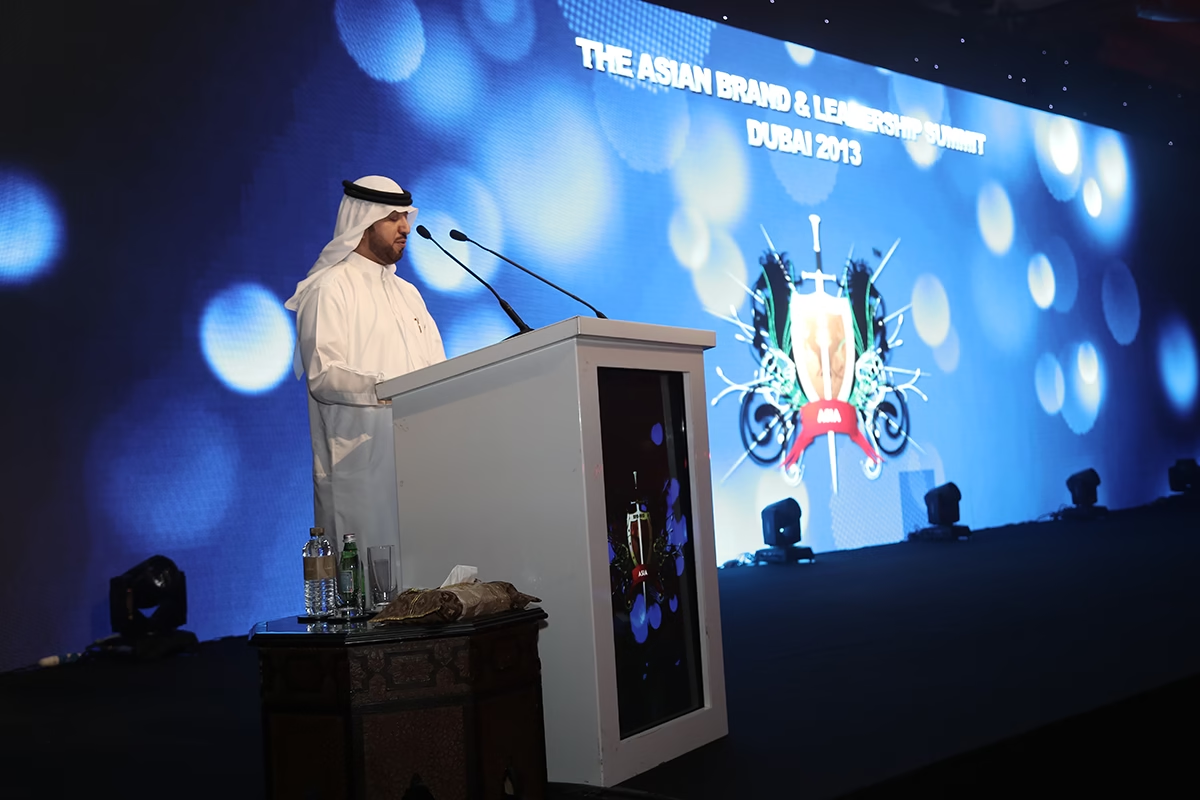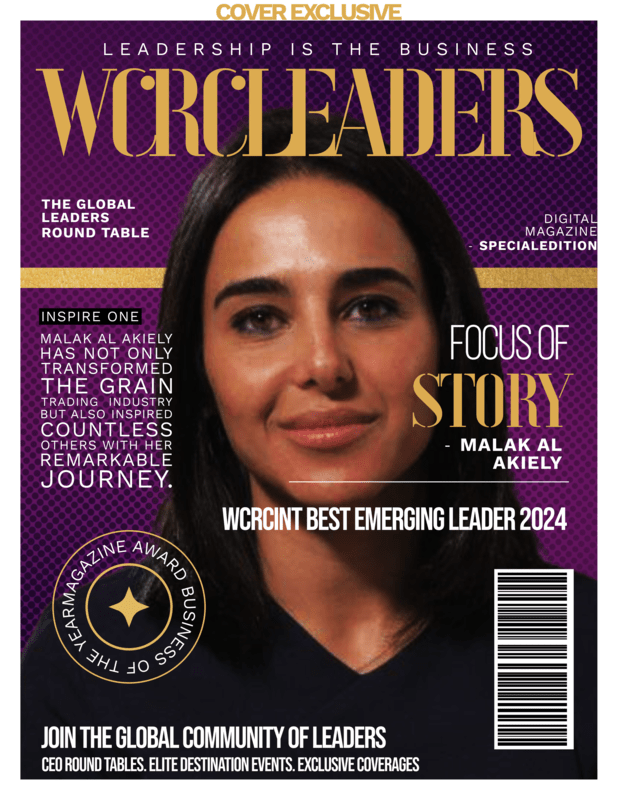 AirAsia is the leading low-cost carrier in the ASEAN region. The airline connects people and places across 132 routes, 40 of which are not offered by any other airline. It is a familiar name amongst frequent fliers in the ASEAN region due to its attractive prices and the no frills policy of the company. The company has managed the herculean task of lowering the cost of connecting people and places while not compromising the safety of its employees or customers.
AirAsia is the leading low-cost carrier in the ASEAN region. The airline connects people and places across 132 routes, 40 of which are not offered by any other airline. It is a familiar name amongst frequent fliers in the ASEAN region due to its attractive prices and the no frills policy of the company. The company has managed the herculean task of lowering the cost of connecting people and places while not compromising the safety of its employees or customers.
Blaze to Brilliance
The company had humble beginnings and in 2002 started with only two aircrafts plying six routes in Malaysia, but AirAsia transformed itself over a period of nine years into a company which now covers 65 destinations in 18 countries. AirAsia now employs over 8,000 staff and has a market capitalization of just over RM7.06 billion. It is the only truly ASEAN airline that is capable of catering to the 600 million strong population of the region. The company has 10 hubs across three countries – Kuala Lumpur, Kuching, Penang and Kota Kinabalu in Malaysia; Bangkok and Phuket in Thailand; and Jakarta, Bali, Bandung and Surabaya in Indonesia. The company is well equipped for the task of serving their customers in all of the ASEAN countries. To further expand its network the company introduced two new hubs, Chiang Mai for AirAsia Thailand and Medan for AirAsia Indonesia. Singapore is also a virtual hub for AirAsia as the airline features in the top 10 airlines in terms of contribution to passenger traffic through Singapore.
The transformation of the company started when Tune Air Sdn. Bhd. Was founded in 2001 by Tan’ Sri Dr. Tony Fernandes, Dato’ Pahamin Ab. Rajab, Dato’ Kamarudin Meranun and Dato’ Aziz Bakar bought over the loss-making, debtriddled AirAsia from HI COM Holdings Berhad. The enterprising group quickly set about settling AirAsia’s debt and started making plans for re-launching the airline as a low-cost carrier. The new AirAsia was lean, simple and efficient. The company adopted a low-cost philosophy and remained true to its image as a low-cost carrier and a people’s company. AirAsia began using several key strategies to reduce its expenses thereby lowering the fare for travel on their airline as a result more passengers were attracted towards the company. One strategy of utmost importance is high aircraft utilization. The airline focuses on high frequency and high turnaround of flights. Both these add to the convenience of the customer and also to the cost effectiveness of the company. The 25 minute turnaround of the company is the fastest in the region. The company believes that their low prices are what keep their customers loyal and it sacrifices small luxuries to maintain its low fares. The customers though have the option of paying for in-flight meals, snacks and drinks. The airline maintains a point to point network. All short-haul and medium to long haul AirAsia flights are nonstop. The company benefits from this exercise as it can do away with excess human resources, physical infrastructure and facilities at transit locations.
Faith Factor
AirAsia made a decision to swap its ageing fleet of Boeing B737s for the new Airbus A320 which had higher capacity and yet were more fuel efficient, reliable and cost efficient than the older fleet. Due to this decision the airline now has the largest and newest fleet of Airbus A320s in the ASEAN region. AirAsia has also placed an additional order for another 89 A320s. As a result of the conversion of their old fleet into the new fleet of A320s the airline has further reduced its costs because of the reduced need to stock maintenance parts and the decreased duplication of manpower requirements. AirAsia has established itself as the lowest-cost airline in the world. The cost per available seat kilometere of the airline is only US 3.67c. Though the company has lowered its costs extensively, it has not compromised with the safety of its customers or employees. AirAsia gives the highest priority to the safety of their operations and complies with strict adherence to the conditions and regulations set by the authorities of the many countries that it operates in. The company also maintains a partnership with the most renowned maintenance providers to ensure that their fleet is always in best condition.
AirAsia is a people’s company. The management of the company truly cares about every person. This sentiment can be witnessed in many of AirAsia’s non-profit campaigns. For example in 2010, the company joined hands with UNICEF and raised RM438 million (US$ 128 million) for the relief of Haitians affected by the earthquake. The airline also has an on-going Donate Your Loose Change campaign to help the needy and the underprivileged heart patients who are in need of treatment. The company has teamed up with the National Heart Institute in Kuala Lumpur for this initiative.
Engagement that Enthralls
AirAsia’s main selling point is its low fares. Though known for its no-frills approach the company markets itself with youthful energy and a cheeky sense of fun, both of which can be witnessed in its campaigns and branding strategies. The airline regularly sponsors sports and entertainment events.
Innovedge
Innovative use of technology has always been an integral part of AirAsia’s business strategies. The company started out by taking a simple step – providing online booking. But it was the first airline to go ticketless in 2002; this increased the customer’s convenience while proving to be cost-efficient for the company. The airline later built on its IT platform to further increase its customer’s convenience and provide even more saving to the company. AirAsia makes extensive use of social media for customer relationships. The company’s ability to adapt and its innovative strategies is what put it in a class of its own.
Brand Promise
AirAsia started out with a dream of making flying possible for everyone. Since 2001 the company has experienced rapid progress and steadily risen to become the world’s best low-cost carrier. Its expansive network that spans across 20 countries is just one of the signs of its rapid growth and innovative approach to the industry. The company at present is also paving the way to the future of low cost aviation.
Factoids
1. AirAsia has been awarded the World’s Best Low Cost Airline award by Skytrax for Four consecutive years – 2009, 2010, 2011, and 2012.
2. It was named the ATW Value Airline of the Year in 2012.
3. It was named Best Asian Low-Cost Carrier By TTG Travel Awards in 2011.
Promise Beacon
- 2003 Joint venture between AirAsia Group and Shin Corporation was established to operate a low-cost airline with the concept of “Everyone can fly” under the brand “Thai AirAsia”.
- 2004 The year in which AirAsia Berhad was listed on the Main Market of Bursa Malaysia Securities Berhad.
- 2007 Thai AirAsia moved their Bangkok hub from Don Muang International Airport to Suvarnabhumi International Airport & started flights to Shenzhen.
- 2010 The year in which AirAsia achieved two major milestones in 2010 – it flew its 100 millionth guest and broke the RM1 billion profit barrier.
- 2012 Thai AirAsia operated 27 aircraft (two aircraft under finance leases) with 174 flights per day to 30 destinations domestically and internationally.

